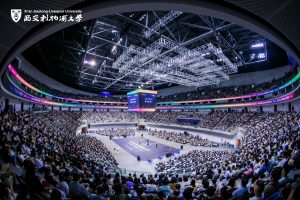03 Jun 2016
More than 100 Year Two urban planning and design students visited different neighbourhoods in Suzhou as part of a collaboration in teaching between two modules taught at Xi’an Jiaotong-Liverpool University.
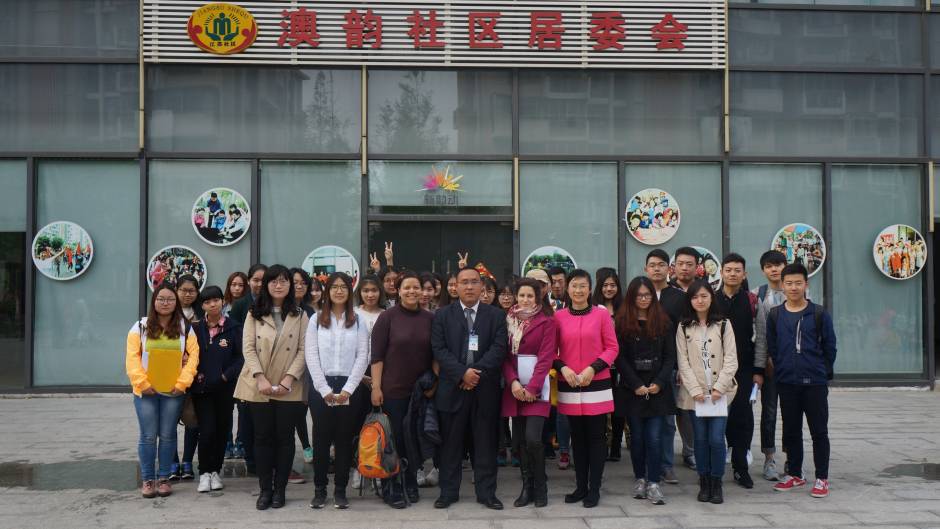
The students were studying on modules on ‘Neighbourhood Planning’ (CDE110) and ‘Skills for Planning Practice’ (CDE108) that are part of the BA Urban Planning and Design programme.
The neighbourhoods they visited included a large resettlement area for original residents of the Suzhou Industrial Park area, traditional neighbourhoods in downtown Suzhou and modern, gated neighbourhoods in Suzhou Industrial Park.
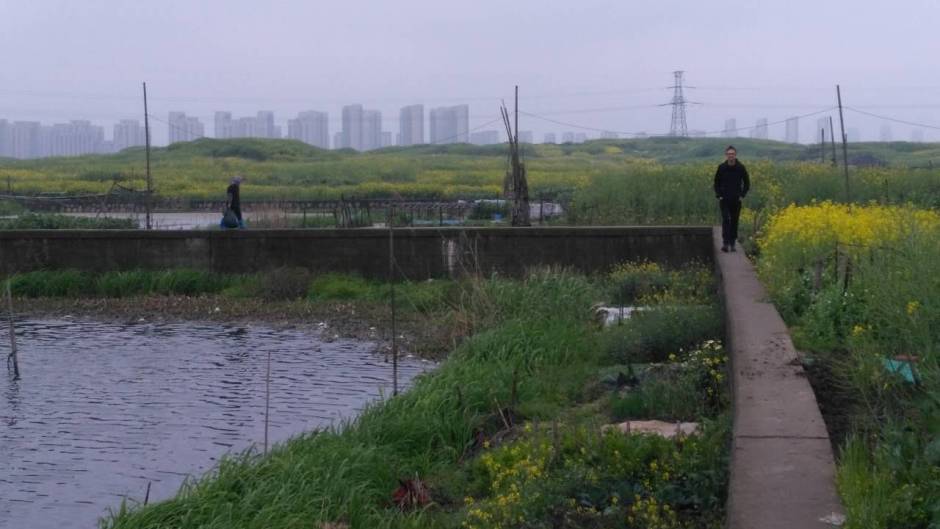
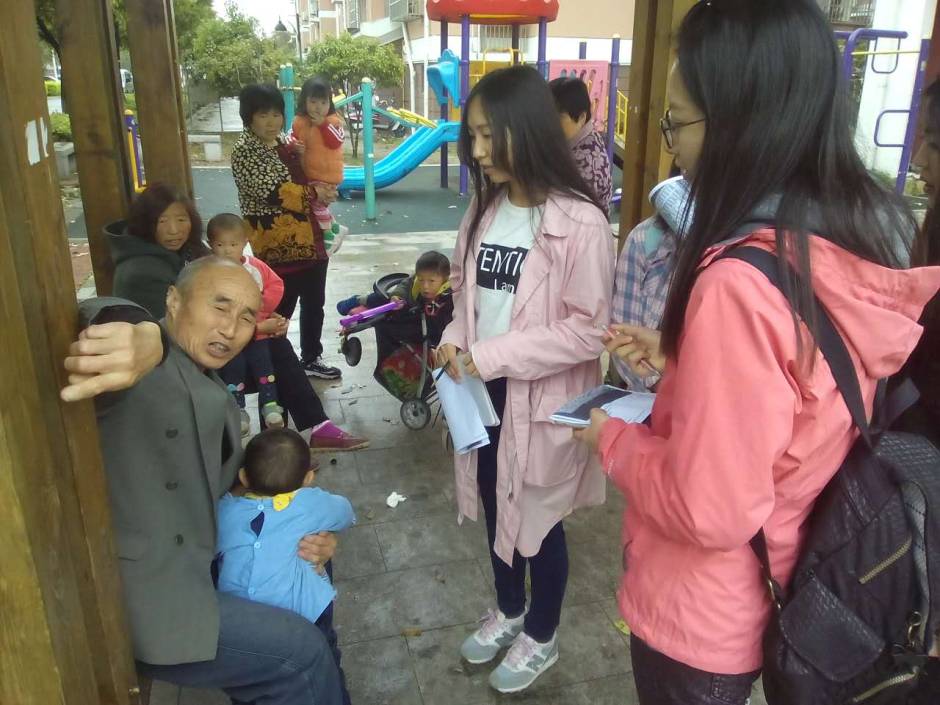
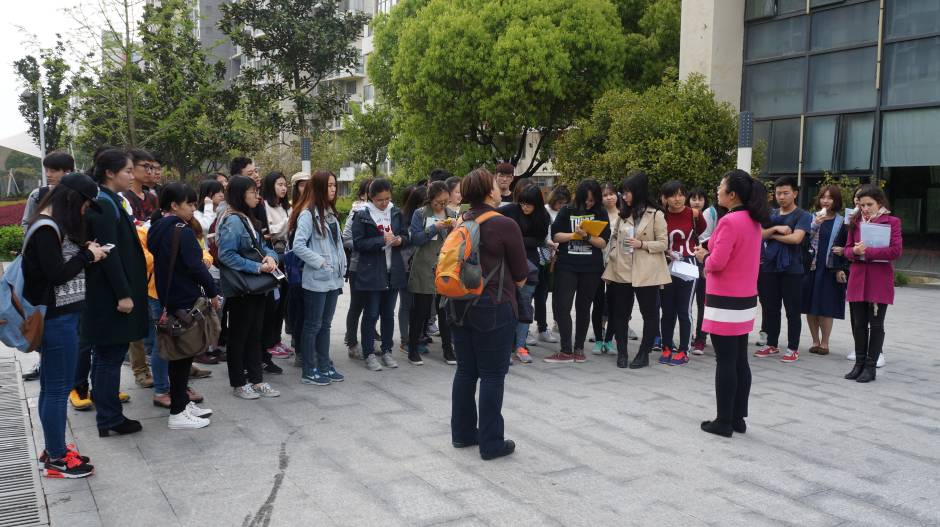
To visit the resettlement and Taohuawu areas in downtown Suzhou, students were divided into 24 groups and undertook an analysis of both areas. Each team was designated an area of 400 meters by 400 meters and asked to evaluate its density, accessibility, facilities and the quality of the public space.
In the afternoon, students were divided into three groups and visited three gated neighbourhoods, Paris Impression, Eton Town, and the Australian Garden. Local community staff and property management offices introduced students to the neighbourhoods, residents, and planning concepts. In addition, they shared daily management planning issues and answered students' questions about neighbourhood design and management.
At the end of the trip, students visited the high-end gated neighbourhoods near Jingji Lake in Suzhou Industrial Park.
Student Randy Rizal said: “This fieldtrip has really opened my eyes and made me understand a neighbourhood better in terms of people's needs. There were some aspects a neighbourhood needs that were at first unimaginable to me and possibly many others. The fieldtrip made me understand Chinese neighbourhoods better.”
After the fieldtrip, students worked on their joint module group project. For the module on ‘Skills for Planning Practice’ students were asked to find solutions to creating more walkable access for local residents to visit and enjoy a waterfront park.
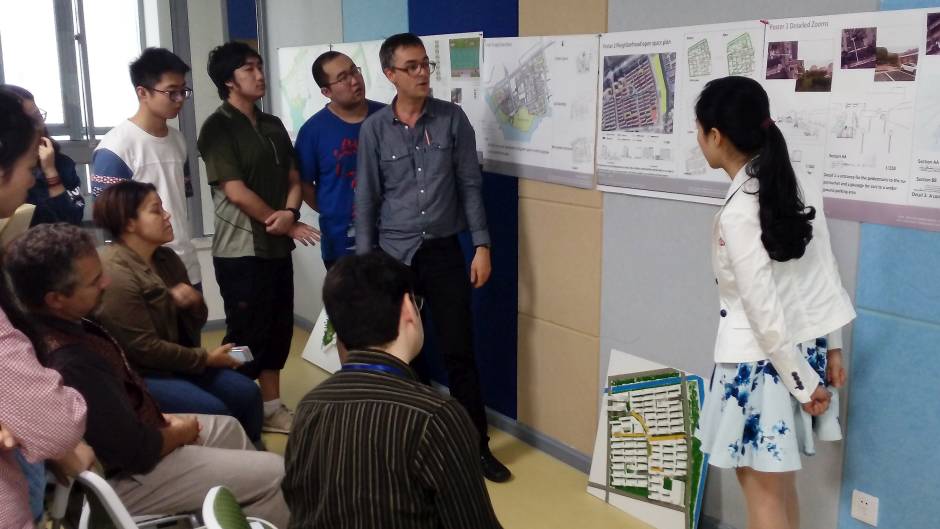
At the same time, for the ‘Neighbourhood Planning’ module, students were required to undertake a comprehensive analysis of their assigned neighbourhood to understand local needs. This involved collective work among different groups who each made a model of their own neighbourhood, which they then put together for a comprehensive view of the larger area. Students needed to learn how to link their area with the surrounding neighbourhoods to improve connections between them.
The two modules had a joint final presentation, reviewed by a panel of all tutors and teaching assistant Aura Istrate, as well as invited guests including Pietro Calogero and Raffaele Pernice, from the Department of Urban Planning and Design, and Harry den Hartog, director of Urban Language Lab.
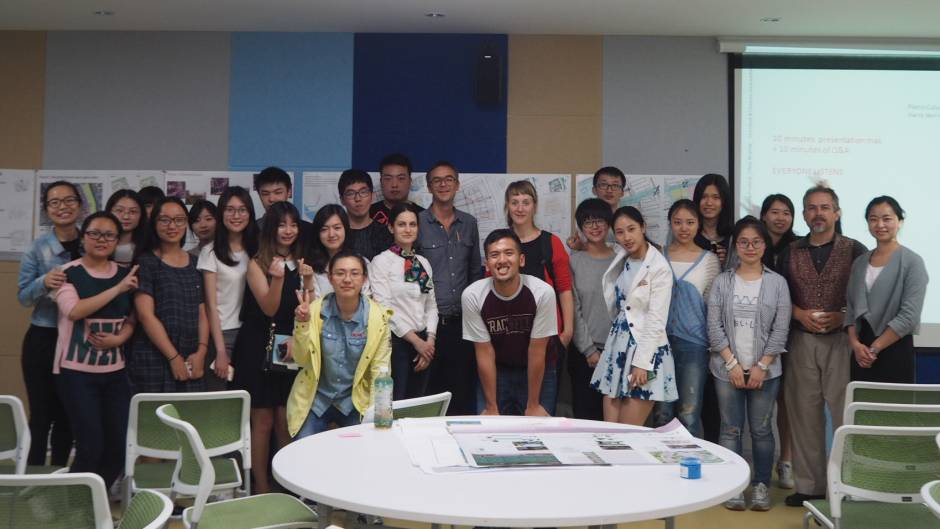
At the end of the review, Flo Vannoorbeeck, Christian Nolf and Pietro Calogero gave concluding remarks to students.
Dr Nolf said: “This experiment of two modules working together was very insightful helping students understand local context much better before they start to make designs.”
Dr Calogero said he was very impressed that students managed to work with multiple scales.
The instructors for ‘Skills for Planning Practice’ were Christian Nolf, Flo Vannoorbeeck and Aura Istrate, and for ‘Neighbourhood Planning’ were Ying Chang and Alainna Thomas. The fieldtrip was organised by Ying Chang with support from Suzhou Industrial Park East Lakeside Community Management Committee.
03 Jun 2016
